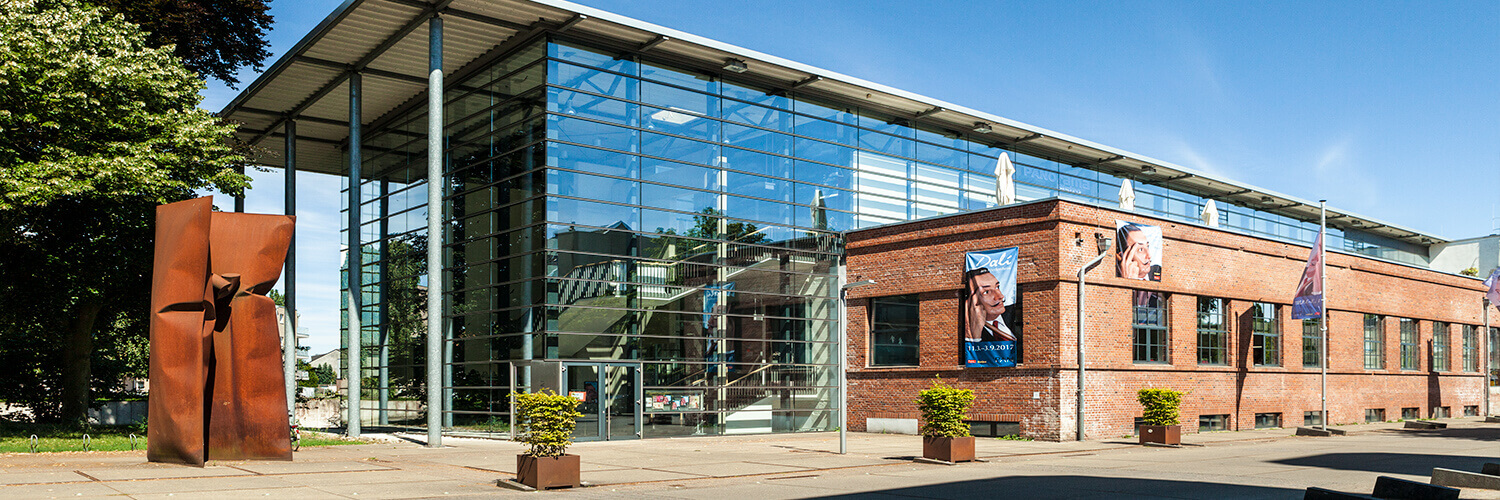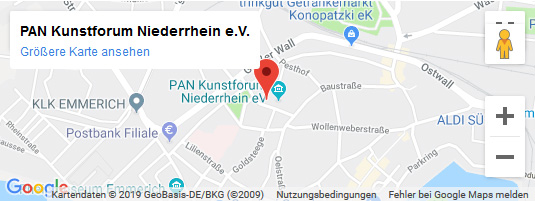This website uses cookies so that we can provide you with the best user experience possible. Cookie information is stored in your browser and performs functions such as recognising you when you return to our website and helping our team to understand which sections of the website you find most interesting and useful.
Strictly Necessary Cookie should be enabled at all times so that we can save your preferences for cookie settings.
If you disable this cookie, we will not be able to save your preferences. This means that every time you visit this website you will need to enable or disable cookies again.
Cookies or cookie information are stored locally in the browser, usually in a cookie text file. Upon further subsequent accesses to the web server, the client browser will search out all the cookies of that domain that match the web server and directory path of the current call. The cookies we use should make it easier for the user to use the website. In addition, some of the cookies we use are relevant to the use of certain features, such as querying which device the user uses to visit the website in order to ensure a customized appearance.
Below you will find a list of which general cookies can be collected via the website for functional and statistical purposes.
- Name of the called file(s) (domain (URL), image file, etc.)
- Date and time of calling the called file(s)
- Transmitted amount of data of the called file(s)
- Message about successful call of the respective file(s)
- Web browser used (e.g., Mozilla Firefox, Google Chrome, etc.)
- Type of device used (PC / MAC, Smartphone, Tablet, etc.)
- Manufacturer and model name of the device used
- Requesting domain when calling via links from external websites
- IP addresses of the requesting terminals
Most of the cookies used on this website are so-called "session cookies". They are automatically deleted after your visit. Other cookies remain stored on your device until you delete them. These cookies allow us to recognize your browser on your next visit. You can set your browser so that you are informed about the setting of cookies and allow cookies only in individual cases, exclude the acceptance of cookies for specific cases or in general, and enable the automatic deletion of cookies when closing the browser. The steps required for these actions vary by browser. For details on the settings, please refer to the information of your browser.
Other cookies that are associated with the use of the online shop in particular, will be explained separately on an information page about our cookies. Please note that disabling cookies may affect the functioning of the website or the online shop. There is no guarantee that you will be able to access all functions of this website without restrictions if you make the appropriate settings.
Further information can be found in our privacy policy under Cookie Policy





